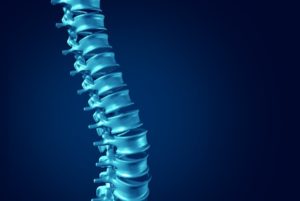
High curve magnitude and limited flexibility are major risk factors for early tether breakage following vertebral body tethering (VBT), new research has shown. The recent study—the results of which were published online in the European Spine Journal by Alice Baroncini (RWTH Aachen University Clinic, Aachen, Germany) et al—also shows that a limited curve correction represents a risk factor for this complication as well.
In addition, the research highlighted that lumbar curves present a higher risk of breakage than thoracic ones and that patients with a large residual curve are also more prone to develop a tether breakage.
The aim of the study was to analyse demographic and radiographic parameters that may potentially be risk factors for early tether breakage, as, according to the researchers, “no data are yet available on this topic”.
Skeletally immature patients who underwent VBT and for whom a one-year follow-up was available were included in the study. Demographic, intraoperative and coronal and sagittal parameters from the preoperative and first standing X-rays were collected. Patients were divided into two groups according to the presence or absence of a breakage and the outcomes of interest were compared.
There were a total of 105 patients included in the study (age 14.2 ± 1.5, 153 curves). Analysis found that lumbar curves showed a higher risk of breakage than thoracic ones (71% vs. 29%, p<0.0001). Overall, preoperative risk factors were a high curve magnitude (mean difference [MD] -4.1°, p=0.03) and a limited flexibility (MD 8.9%, p=0.006). Meanwhile postoperative risk factors were a large residual curve (MD -6.4°, p=0.0005) and a limited correction (MD 8.4%, p=0.0005).
The same risk factors were identified in thoracic curves, while in lumbar instrumentation only a higher preoperative Cobb angle represented a risk factor for breakage. Age and skeletal maturity did not represent risk factors.













